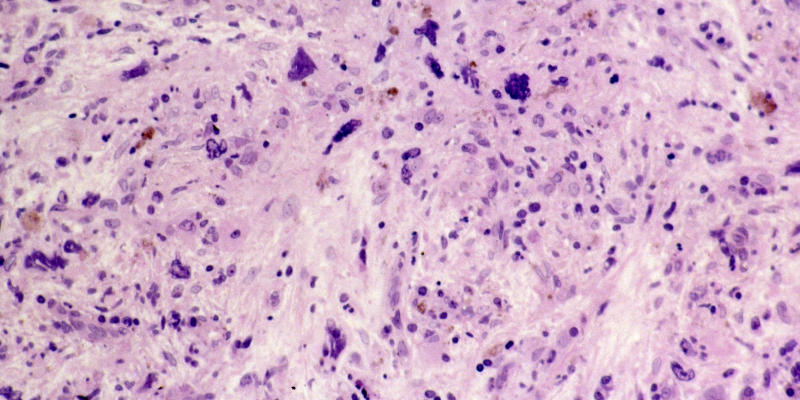
A retrospective study presented at the Society of Hematologic Oncology 2024 Annual Meeting in Houston, Texas, examined the real-world use of ruxolitinib in patients with myelofibrosis (MF) and anemia, focusing on treatment patterns, dose modifications, and survival outcomes.
Data were derived from the US Flatiron Health electronic health record database, including 383 adult patients diagnosed with MF and treated with ruxolitinib after January 1, 2013. Among those patients, 175 (46%) had baseline anemia (hemoglobin <10 g/dL or International Statistical Classification of Diseases 9 or 10 diagnosis codes), whereas 208 (54%) did not.
Patients with anemia were comparable in age (72.8 vs 71.4 years) and time since diagnosis (8.5 vs 8.8 months) to those without anemia, but they were more likely to require red blood cell (RBC) transfusions (44% vs 6%) and had a higher incidence of thrombocytopenia (35% vs 16%). Anemic patients were more likely to start ruxolitinib at lower doses, with 31% receiving 5 mg twice a day, compared to 15% of patients without anemia, and fewer anemic patients received the 20 mg twice-daily dose (25% vs 33%).
Patients with anemia were more likely to maintain lower doses (<20 mg daily) during the first three months after baseline (25% vs 16%). They also experienced shorter times to first dose reduction (median 5.6 vs 12.8 months) and discontinuation (16.7 vs 24.8 months). Notably, the time to RBC transfusion was significantly shorter in anemic patients (median 2.8 vs 48.8 months; P<0.001). Overall survival (OS) was also shorter for anemic patients, with a median OS of 37.4 months compared to 64.9 months in non-anemic patients (P<0.001). Additionally, patients receiving lower ruxolitinib doses (<20 mg daily) in the first three months had worse OS compared to those receiving higher doses (median 40.1 vs 53.1 months; P<0.05).
“Most patients with [MF] and anemia initiated ruxolitinib at lower doses, likely due in part to co-occurring thrombocytopenia,” the study authors concluded. “Despite lower doses, discontinuation and dose reduction generally occurred earlier than in patients without anemia. Anemia and lower dosing were associated with worse OS, highlighting a need for alternative treatment options for this patient population.”
Reference
Kuykendall AT, Fillbrunn M, Liu T, et al. Retrospective real-world analysis of baseline characteristics, treatment patterns, and survival in patients with myelofibrosis and anemia receiving ruxolitinib. Abstract #MPN-539. Presented at the Society of Hematologic Oncology 2024 Annual Meeting; September 4-7, 2024; Houston, Texas.






 © 2025 Mashup Media, LLC, a Formedics Property. All Rights Reserved.
© 2025 Mashup Media, LLC, a Formedics Property. All Rights Reserved.